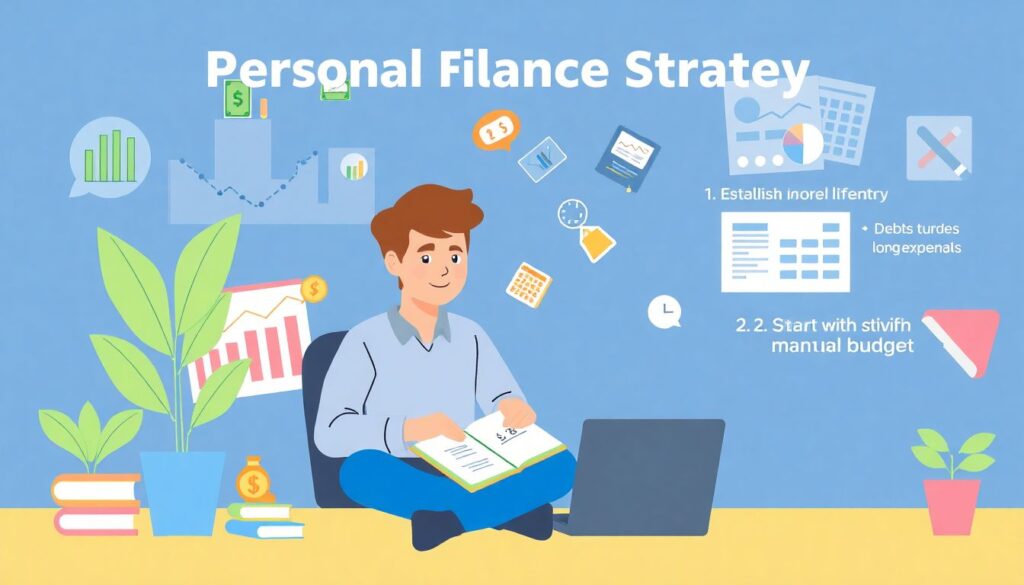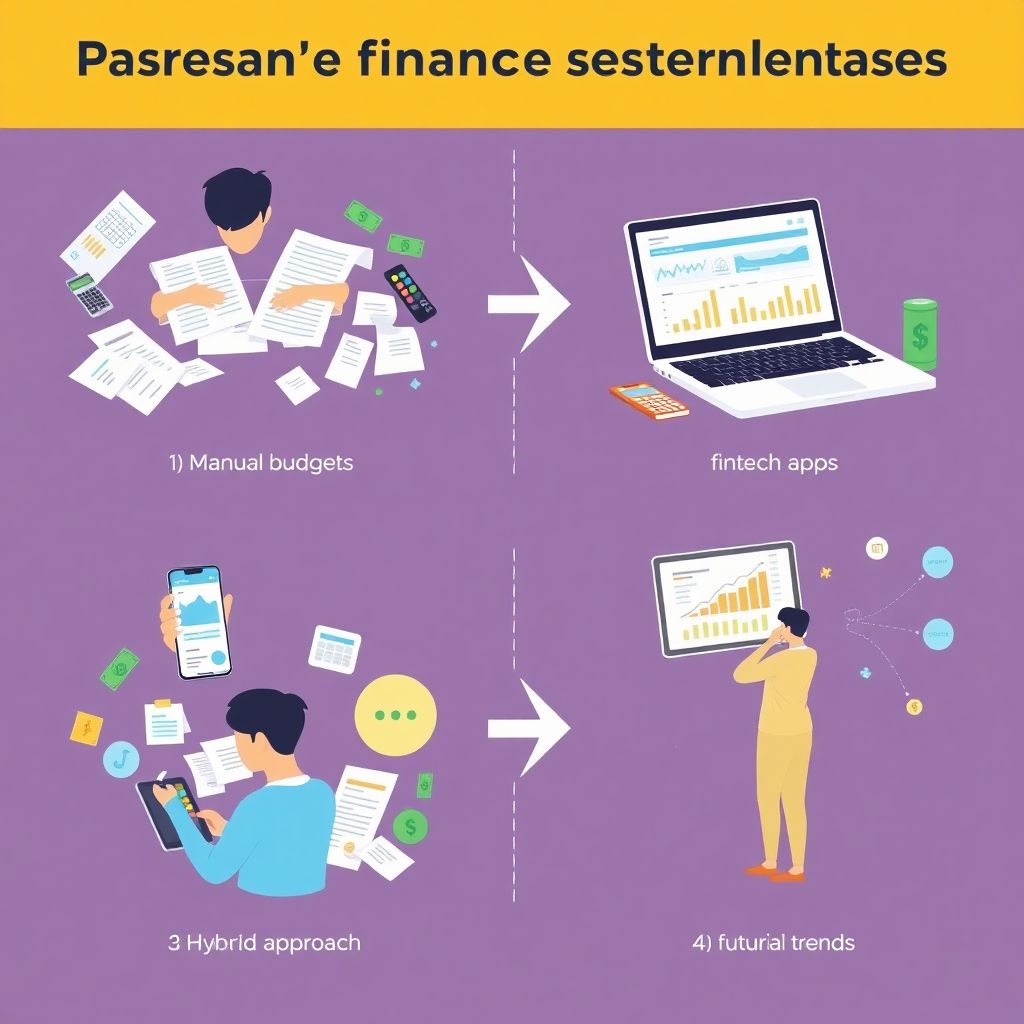Overview of Foundational Approaches to Personal Finance
Personal finance for absolute beginners starts with understanding the fundamental methodologies of managing income, expenses, savings, and investments. The two dominant paradigms are the traditional budgeting approach and the automated financial management model. The former involves manual tracking of income and expenditures using spreadsheets or physical ledgers, encouraging full cognitive engagement with each transaction. In contrast, the automated model leverages fintech applications that categorize expenses, set savings goals, and provide real-time analytics, reducing manual intervention. While traditional methods offer maximum visibility, they demand discipline and time. Automation enhances efficiency but may lead to over-reliance on algorithms and reduced financial literacy.
Technological Benefits and Limitations in Financial Planning

Modern personal finance tools—such as robo-advisors, budgeting apps, and AI-driven financial assistants—have transformed how individuals interact with their money. These technologies optimize investing through algorithms, reduce human error, and offer predictive analytics. However, they present limitations: data privacy concerns, algorithmic opacity, and potential misalignment with individual risk tolerance. Moreover, while machine learning tools offer scalability and speed, they may not consider nuanced life events such as career changes or family emergencies. For beginners, the key is balancing technological convenience with foundational understanding to avoid blind trust in automated outputs.
Strategic Recommendations for Selecting a Financial Approach

Selecting the right personal finance strategy depends on multiple variables, including financial literacy, lifestyle, and long-term goals. Beginners should consider the following sequence:
1. Establish a financial baseline: Calculate net income, debts, and fixed expenses.
2. Start with manual budgeting: Use spreadsheets to internalize spending habits.
3. Transition to hybrid systems: Integrate apps like YNAB or PocketGuard for automation.
4. Set SMART goals: Specific, Measurable, Achievable, Relevant, Time-bound financial targets.
5. Evaluate risk appetite: Choose investment platforms based on tolerance and horizon.
This progression helps users build a foundational understanding before relying on complex tools. It also reduces the risk of financial mismanagement due to overconfidence in automation.
Emerging Trends in Personal Finance for 2025
As we head into 2025, several trends are reshaping the personal finance landscape. First, embedded finance—where financial services are integrated directly into non-financial platforms—is gaining traction. This allows users to manage finances within e-commerce, social media, or productivity apps. Second, AI personalization is enhancing financial advice by tailoring insights based on behavioral data. Third, ESG (Environmental, Social, and Governance) investing is becoming a preference among younger investors, requiring platforms to include ethical metrics. Finally, decentralized finance (DeFi) is gradually entering mainstream portfolios, offering peer-to-peer financial services without intermediaries.
These trends indicate a shift toward hyper-personalized, integrated, and ethically aligned financial ecosystems. Beginners should stay informed but cautiously adopt innovations, ensuring they align with core principles of financial stability and literacy.

